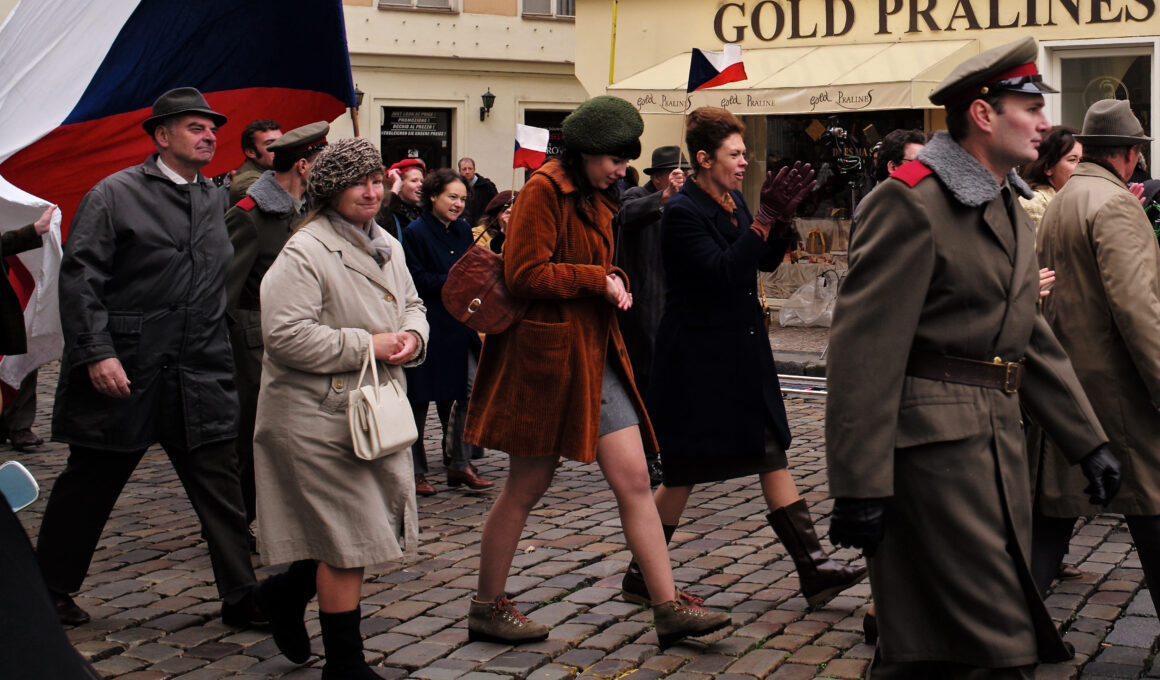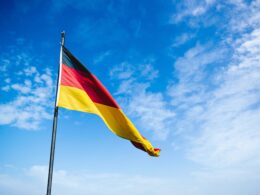Table of contents Show
When did Czechoslovakia split? On January 1, 1993, the Central European nation of Czechoslovakia disintegrated into two separate states: the Czech Republic and Slovakia. This was the peaceful split of a federal state that resulted in the creation of two independent, sovereign states. Continue reading to find out when Czechoslovakia split.
The “Velvet Divorce,” as it has come to be known, was a stark contrast to the violent splits seen by other countries at the time. It was marked by a dedication to nonviolence and diplomacy, which mirrored the aspirations of both the Czech and Slovak citizens for national independence and recognition of their own distinct cultures.
Factors like Czechoslovakia history, culture, and politics all contributed to the rift. Czech and Slovak areas of the country had developed distinct political and economic interests throughout time. Due to these differences and a shared belief in democracy, it was decided to split ways amicably.
As of today, Bratislava serves as the capital of Slovakia, while Prague, the historic heart of the Czech Republic, serves as the capital.
When Was Czechoslovakia Formed? Tracing the Birth of a Nation
When was Czechoslovakia formed? In a formal ceremony on October 28, 1918, Czechoslovakia came into existence. It is currently a major national holiday in the Czech Republic to commemorate the day of Czechoslovak independence. In the wake of the First World War and the signature of the Pittsburgh Agreement in the United States, which paved the way for a unified Czechoslovak state, a new nation was born.
It was Tomá Garrigue Masaryk who led the transformation of Czechoslovakia into a democratic republic. Czechs, Slovaks, and other minorities all lived together in peace and harmony in the new state. It was founded on the ideas of democracy and in response to the aspirations of the Czech and Slovak people for national independence.
When Did Czechoslovakia Split? Exploring the Divisive Turning Point in History
As a sovereign entity, Czechoslovakia existed until January 1, 1993, when it peacefully split into the Czech Republic and Slovakia. While this signified the end of the federation, it also set each country on its own path to growth and progress.
As separate nations, the Czech Republic and Slovakia were free to pursue their own interests after the Czechoslovakia split. Both countries were committed to democracy and self-determination, and their splitting is seen as an uncommon instance of a peaceful and consensual split.
Why Was Czechoslovakia Split? Unraveling the Causes of Division
Why was Czechoslovakia split? The “Velvet Divorce,” as the splitting of Czechoslovakia into the Czech Republic and Slovakia is commonly known, occurred for a number of interrelated reasons. The choice to dissolve the federal state of Czechoslovakia was not made casually, but there were basic reasons for it to be peaceful and characterized by mutual agreement:
Divergent Political and Economic Systems
The Czech Republic and Slovakia developed distinct political and economic identities over time. During the early 1990s, when both areas were attempting to mold their post-communist political and economic systems, these distinctions were particularly glaring. The Prague-based Czechs preferred swifter market changes and a fuller embrace of capitalism, while the Bratislava-based Slovaks were more cautious.
Desire for Self-Determination
The concept of individual liberty was a driving factor in the separation. There was a developing sense of national identity and pride among the inhabitants of the Czech and Slovak areas, and there was an urge to govern themselves. The principle of individual liberty played a major role in settling our differences amicably.
The Dissolution Legal Structure
The constitutional and legal structure set forth in the founding papers of the federal state allowed for the disintegration of Czechoslovakia. As long as the decision to split was made amicably by both parties, this framework supported such.
The Velvet Revolution
The Communist dictatorship in Czechoslovakia collapsed and the journey to democracy began with the Velvet Revolution in 1989, spearheaded by personalities like Václav Havel. It marked a turning point that prepared the ground for the eventual split.
Political Leadership
Political leaders had a crucial role in guiding the country through the difficult process of fragmentation. The Velvet separation was largely facilitated by the efforts of Václav Havel, President of Czechoslovakia, and Vladimr Meiar, Prime Minister of Slovakia.
Public Approval
In the end, the majority of people in both regions agreed that it was best to dissolve Czechoslovakia. Both the Czech Republic and Slovakia had referendums on independence, and the results showed overwhelming support for breaking away.
Czechoslovakia’s Legacy: After the Split
The 1993 split of Czechoslovakia, which created the Czech Republic and Slovakia, left a legacy for both states and the area. Key components of Czechoslovakia’s post-split legacy:
Peaceful Dissolution: Unlike other post-Cold War countries, Czechoslovakia divided peacefully.
Strong Democratic Traditions: Czechoslovakia gave both the Czech Republic and Slovakia democratic values.
Different National Identities: The divide allowed the Czech Republic and Slovakia to develop and express their national identities.
Economic Transition: Both countries transitioned from centrally planned to market-oriented economies at different rates.
European Integration: The separation did not impede either country’s European integration. Both the Czech Republic and Slovakia joined the EU in 2004, aligning themselves with Western Europe.
Diplomatic connections: Since the split, the two countries have maintained diplomatic connections and enjoyed peaceful relations. They are close EU partners and work on regional and international problems.
Cultural and Historical Links: Despite their national identities, the Czech Republic and Slovakia share cultural and historical ties. Slovaks and Czechs celebrate their shared history and traditions and speak similar languages.





